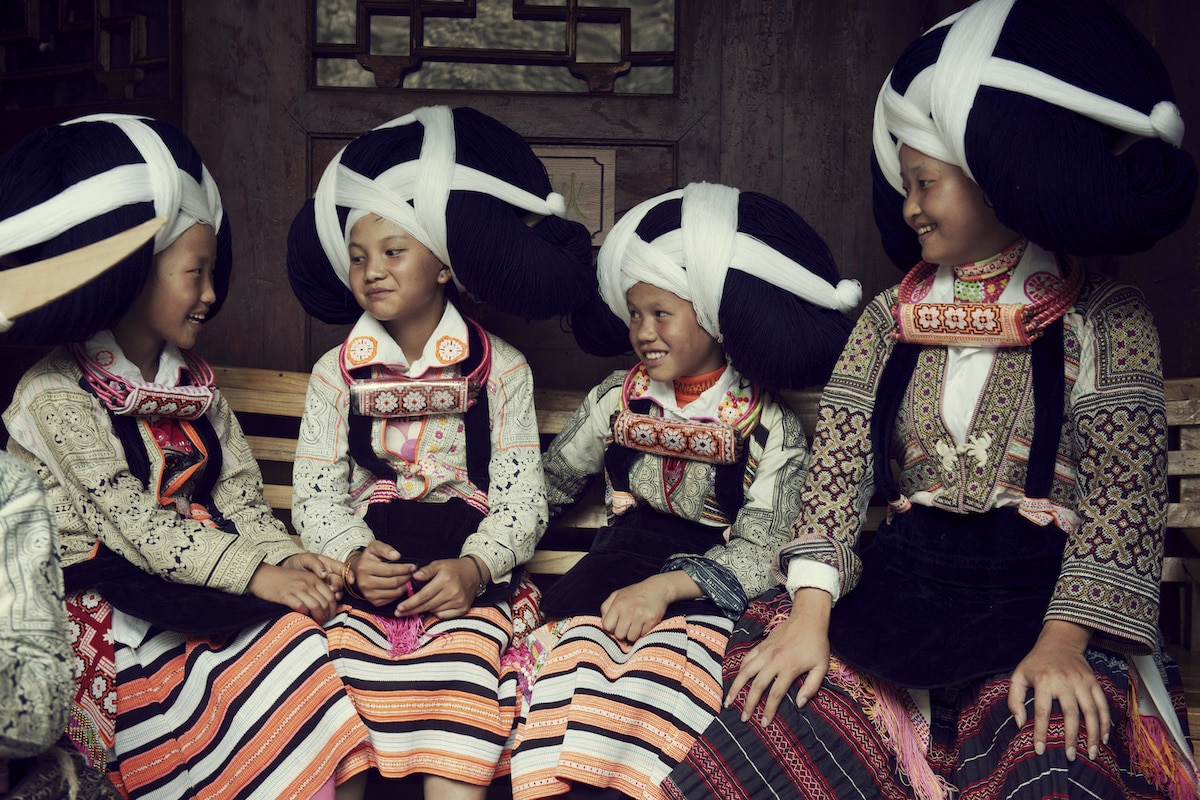
Longhorn Miao, Suo Jia, Liupanshui, Guizhou, China, 2016.
British photographer Jimmy Nelson translated his upbringing living in Asia, Africa, and South America into a successful career documenting indigenous communities. This curiosity never left him and he channeled his creative energies into artistically photographing the native peoples of every continent. His latest publication, Homage to Humanity, is an interactive look at the people he encounters and the lands he visits.
This follow-up to the landmark 2013 opus, Before They Pass Away, delves into new communities and journey back to lands Nelson’s previously covered. Across 600 pages, his gorgeous imagery mixes fine art photography and reportage for an incredible look at the individualism of these cultures. In an age where the world is increasingly homogenized, Nelson’s work reminds us of the precious differences that make individual cultural heritage so unique.
By using the free companion app for iPhones and Androids, anyone—whether they own Homage to Humanity or not—can gain access to special behind the scenes footage and interviews. Harnessing new technology, Nelson allows these indigenous communities to have a greater voice in how they are seen by the public at large. Recently, we had the chance to speak with Nelson about his career and tireless work to discover new cultures. Read on for our exclusive interview and visit Nelson’s webshop for signed limited editions and prints.

Amuioan, Tufi, Papua New Guinea, 2017.
One of your first major longterm trips was traveling around China for Literary Portraits of China. How did this experience shape you as a photographer?
Well, that was a long time ago. That was in my very early twenties. I spent the better part of three years traveling around China. In many ways, it was an extraordinary privilege because a lot of original cultural China still existed. And it gave me a very valuable insight into the last of what was actually essentially removed.
I was very naive, very green, but it was an extraordinary experience and [I was] privileged to be able to do that. There was the better part of twenty-five years before I ended up producing my next book, Before They Pass Away.
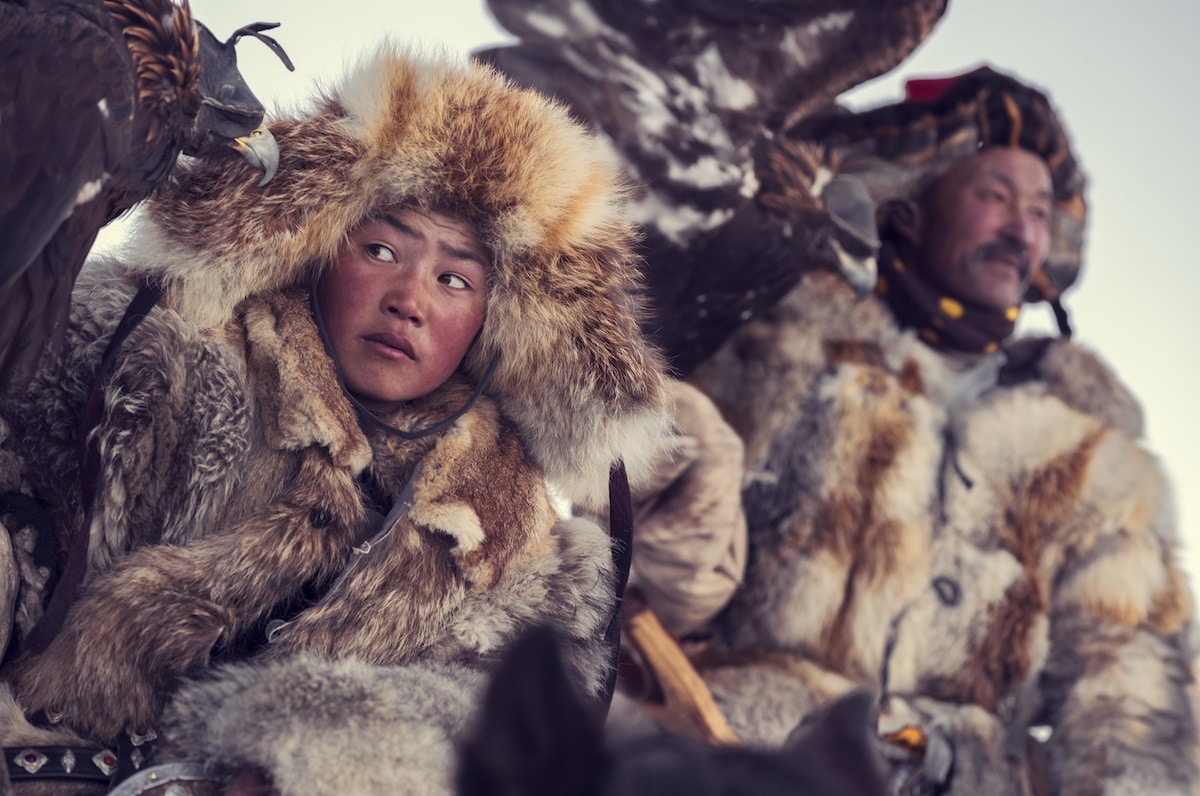
Alibek Erchebulat, Kazakh, Bayan-Ölgii province, Mongolia, 2017.
You’ve mentioned Edward S. Curtis as an inspiration for your work. What is it about his photography that drew you to him?
He is one of many photographers who inspire me. I have a very large eclectic collection of photography books. And I love looking at the images of others throughout history all the way back to the very beginning of time to the very first pictures made in 1853.
What particularly attracted me to Edward Curtis’s work was his story and what he was trying to achieve in the fact that he made 30 volumes of the Native Americans and the eventual demise of his mission and that he was not acknowledged in his time for what he was trying to actually achieve, which was to celebrate—in an iconic and an aesthetic way—an indigenous culture. And I think if you look at the contemporary, the United States today, it is, with all due respect, relatively impoverished for having not acknowledged, cherished, consolidated, and found a way to keep an element of that culture.
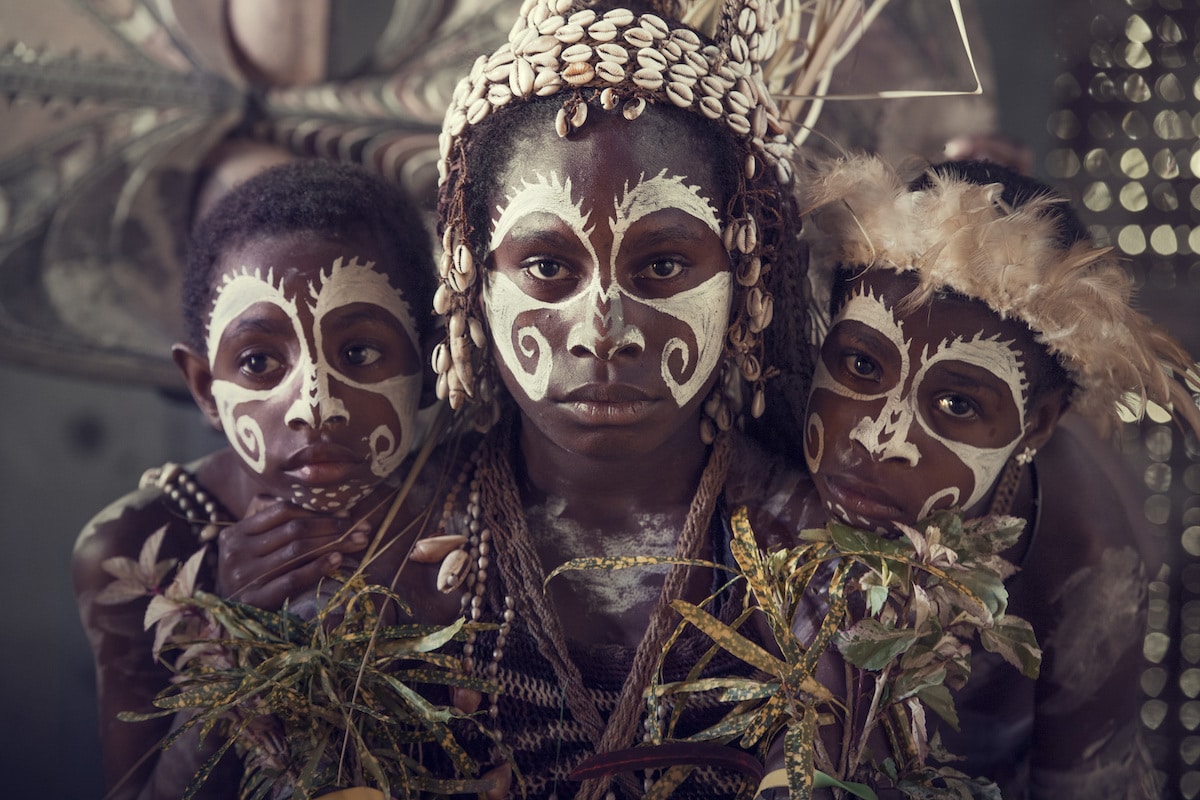
Iatmul Yentchen Village, Sepik River, The Lowlands, Papau New Guinea, 2017.
Before They Pass Away was a major undertaking. What sparked you to begin that journey?
The journey was started in my childhood. I grew up in the majority of these areas where I take these pictures today. My father was a geologist. I was a young child. I remembered these communities. I remembered these parts of the world. I had a bipolar childhood. I was taken out of these gloriously pure environments and cultures and put in Catholic Jesuit boarding school, so I bounced between the two worlds.
I think that when I left when I was 17 and disappeared across Tibet with a camera, I was trying to find a way to reconnect with myself and that experience that I had in my childhood. And in many ways, I’ve spent the whole of my life since then trying to reconnect with it. It’s not the photography which thrills me but it’s using the camera to see the other and present them in a way that we’ve never normally seen them.
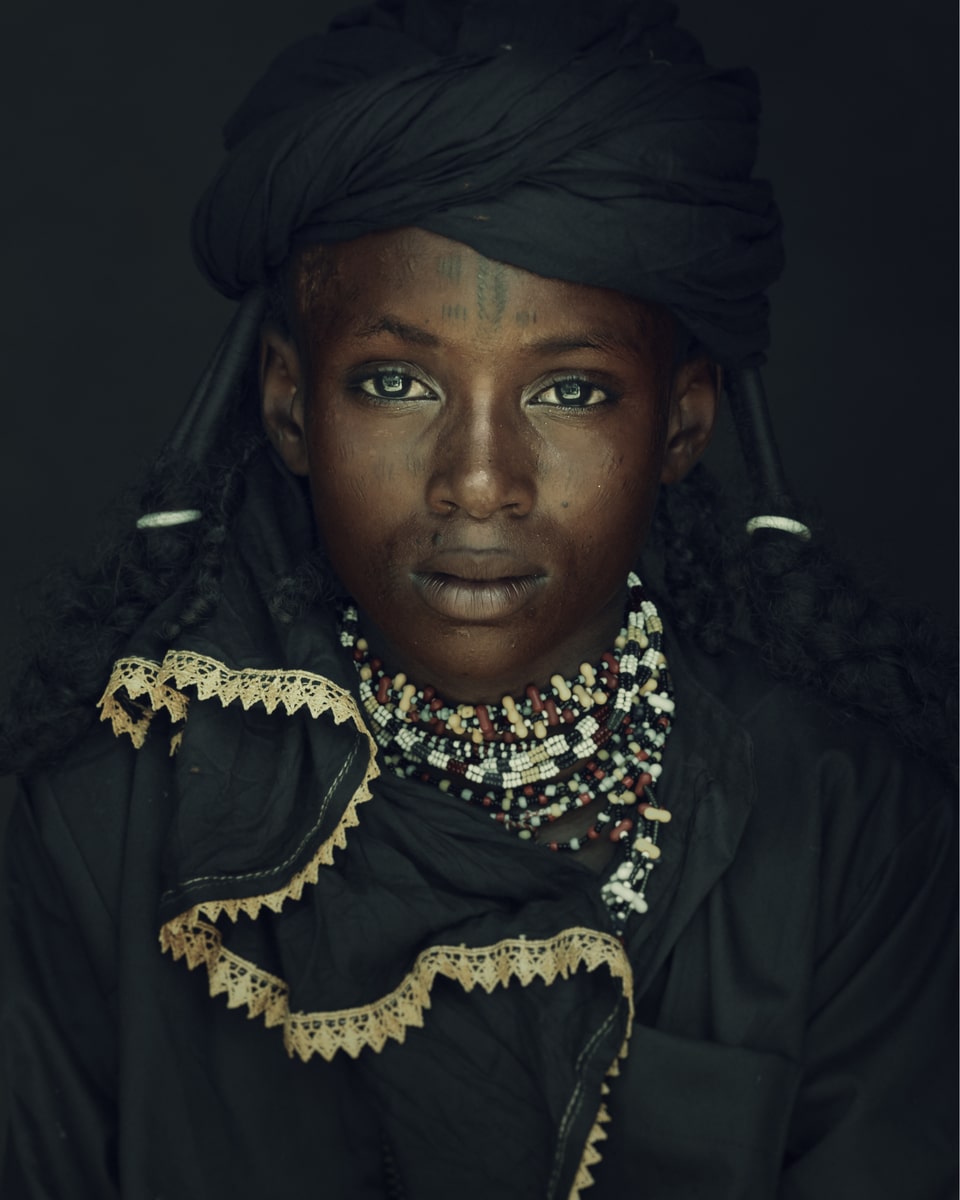
Wodaabe, Gerewol Festival, Bossio, Chari-Baguirmi region, Chad, 2016.
Artistically, what is your goal when you set out to encounter new people on your journey? Do you go in with a specific plan or work more spontaneously?
I think artistically, my signature has evolved but it’s now becoming very specific. I want it to be beautiful. I want it to be romantic. I want it to be iconic. And it is subjective, but I want that to spark a discussion. I want the world to look at these indigenous communities in a way which we take for granted when we look at ourselves.
In regards to the work, a third of each journey is planned and two-thirds is left to serendipity and is spontaneous. If you sort of lockdown an interaction and meeting, [making] an assumption in the creative purpose beforehand, you miss that sort of magic. So you have to leave a lot of elements open.
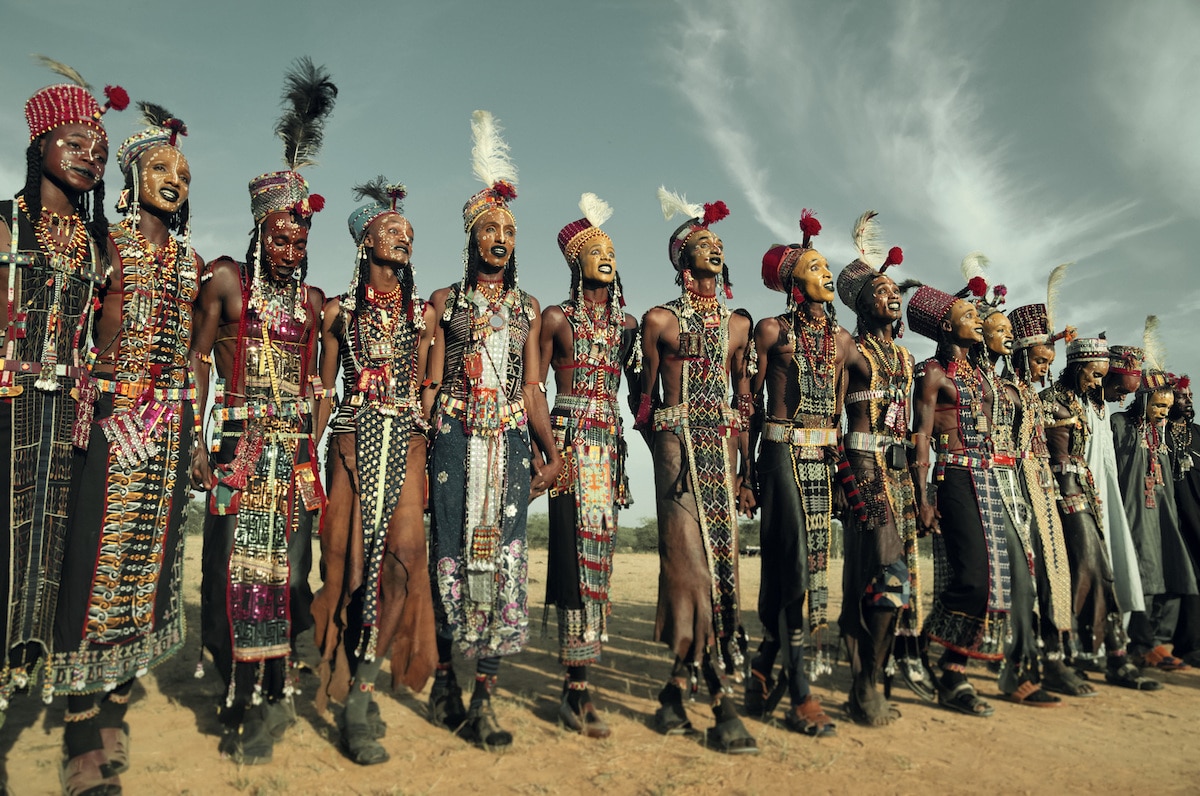
Wodaabe, Gerewol Festival, Bossio, Chari-Baguirmi region, Chad, 2016.
After the 2013 publication of Before They Pass Away, there was some controversy about the way some of the tribes were represented and written about. As a creator, how did that affect you and what did you learn from that experience?
I was somewhat surprised by this controversy. It wasn’t a lot, but what there was was very vocal. It sort of pushed me into a temporary corner. I decided that I didn’t like being in the corner.
I decided that the majority of people who criticize me had no real great understanding of what I was trying to do. At the time, I was invited to present in an anthropological museum and none of the anthropologists wanted me to show my work. Then I questioned the anthropologists and said, “How many of you have been to the places and the cultures that I’ve lived with?” and not one of them was able to put up their hand. So I sort of use this as a mirror to say, well surely my experience is as valid as yours. Yours is an academic understanding and mine is a more realistic human understanding and surely we should actually come together.
That whole controversy pushed me, made me, in many ways, fight to want to present, and carry on presenting, how I see the world, in the way I do it, and then in an even more glorious way because I believe these people are extremely rich. They’re very valuable, not only to us and in their knowledge and their understanding, but ultimately to themselves. It made me fight for what I do. It made me believe that I wasn’t a journalist, but I was an artist and the essence of art is to cause discussion—maybe even controversy.
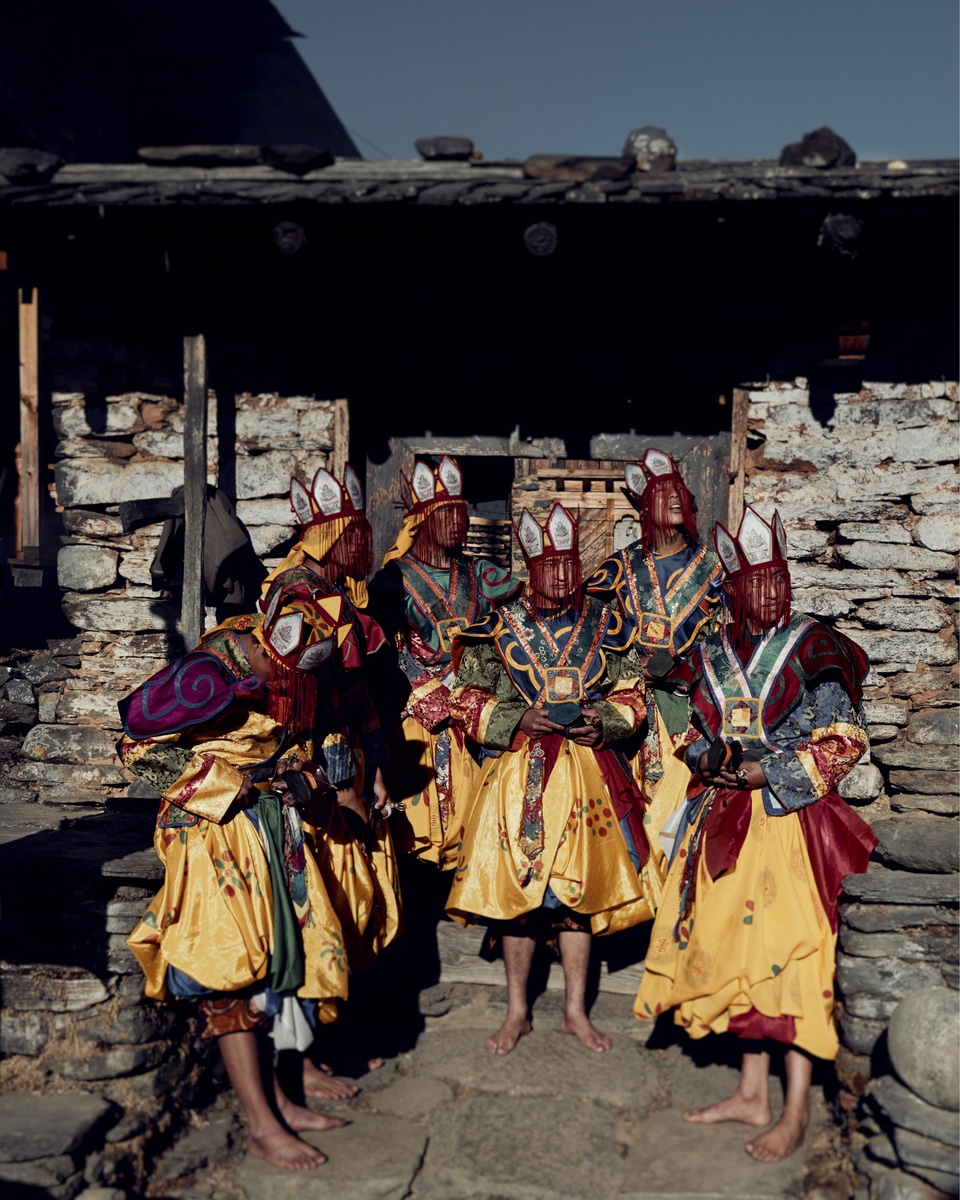
Chojam Rabney celebration, Bumthang Bhutan, 2016.
How has your view of indigenous cultures changed since you first started your project?
We as human beings are changing, but what is specifically changing is going very quick. The world is homogenized. It is globalized and ultimately, it is digitalized. And through that digitalization we’ve gained access to how the other looks in the world and we use that as a visual reference and an enormous amount of these cultures are gaining access to the World Wide Web, they are becoming reflective and doubtful of the validity and the wealth of their own existence, and they’re abandoning it very very quickly.
I am now, for Homage as Humanity—which I’ve just published—and future projects, returning to the indigenous communities I’ve been to in the first place, and in the last three to four years things are changing. Although in some cases, those changes are somewhat magical because not only are they changing, a couple of the cultures of actually managed to reconnect with their heritage because other people have returned to them with my pictures and my book prior to my going there saying, “I would like to make a picture of you as much the same way Jimmy did,” and they are now charging for it. So they’re sort of owning their culture, they’re monetizing their culture, they are holding on to their culture. It won’t be as authentic as it was in the past, but it never will. At least they’re holding on to some of it. If they don’t find a way to monetize it and find validity to keep it, they will abandon it altogether. So it is a controversial discussion, but a valid discussion.

Hakahau, Ua Pou, The Marquesas Islands, French Polynesia, 2016.
In some ways, your new publication Homage to Humanity seems like a second volume to what was started in Before They Pass Away. How was the book conceived and how does it differ from Before They Pass Away?
It differs radically insofar as the first publication, Before They Pass Away, was just print. The second publication is three-quarters new journeys and indigenous cultures that I’ve visited and one-quarter returning to those before, but this time I returned with film and virtual reality.
Homage to Humanity is produced with the first-ever digitally interactive app to the book. Every single one of the 600 images in the book is accessible with your smartphone. The app is free, so you don’t even need to own the book. Wherever you see the pictures, on a wall or in a museum or on the computer or in a newspaper, your smartphone will activate content behind them.
You can now, as a reader, come with me on these journeys. You can come with me with 360 footage, whereby you stand with me in the environments where I’m working and where I’m filming. The whole idea is to make this project as transparent as possible, to enable the viewer to 100% understand how I see it from my perspective, what I’m trying to achieve, and what I’m trying to communicate whilst at the same time having the feeling that they themselves can also almost participate. They can see behind me, see the crowds of people watching over me as I make the pictures.
They can also participate in the interviews that I’m asking these indigenous communities—questions of the future, of the past, of their dreams, and their hopes, their fears, and their loves.

Despacho ceremony, Q’ero, Qochamoqo, Hatun Q’eros, Andes, Peru, 2018.
Can you share a bit about the Jimmy Nelson Foundation?
The Jimmy Nelson Foundation is a mission. It’s a very important mission. It’s a mission of reciprocity. I have to give something back.
I have taken something and shared it. I have taken this iconic, romantic representation of these cultures. I’m communicating it around the world. We are a self-funded business. There is no sponsorship. There’s no funding. So yes, we do sell books and yes, we do sell pictures to facilitate the project, but I would like to give back an element of what I’ve taken.
Now, I’m not taking back money directly. First of all, I’m giving back the books and the pictures. That’s the initial stage. Secondly, through the foundation, I am enabling other photographers and filmmakers to broaden and carry on with this theme in order to gather a wider, broader visual iconic documentation of the world’s last indigenous cultures before they pass away and then share it with the world on a digital platform. This will become this digital fireplace which we are hoping to do with Google.
At the same time, I will also be delivering with my teams—funded by the foundation—analog cameras with film to these communities to enlighten them and to inspire them to photograph themselves to see how they perceive themselves. So it’s not just from our perspective, but from their perspective, and ultimately enable them to have this sort of dignified, iconic self-respect.
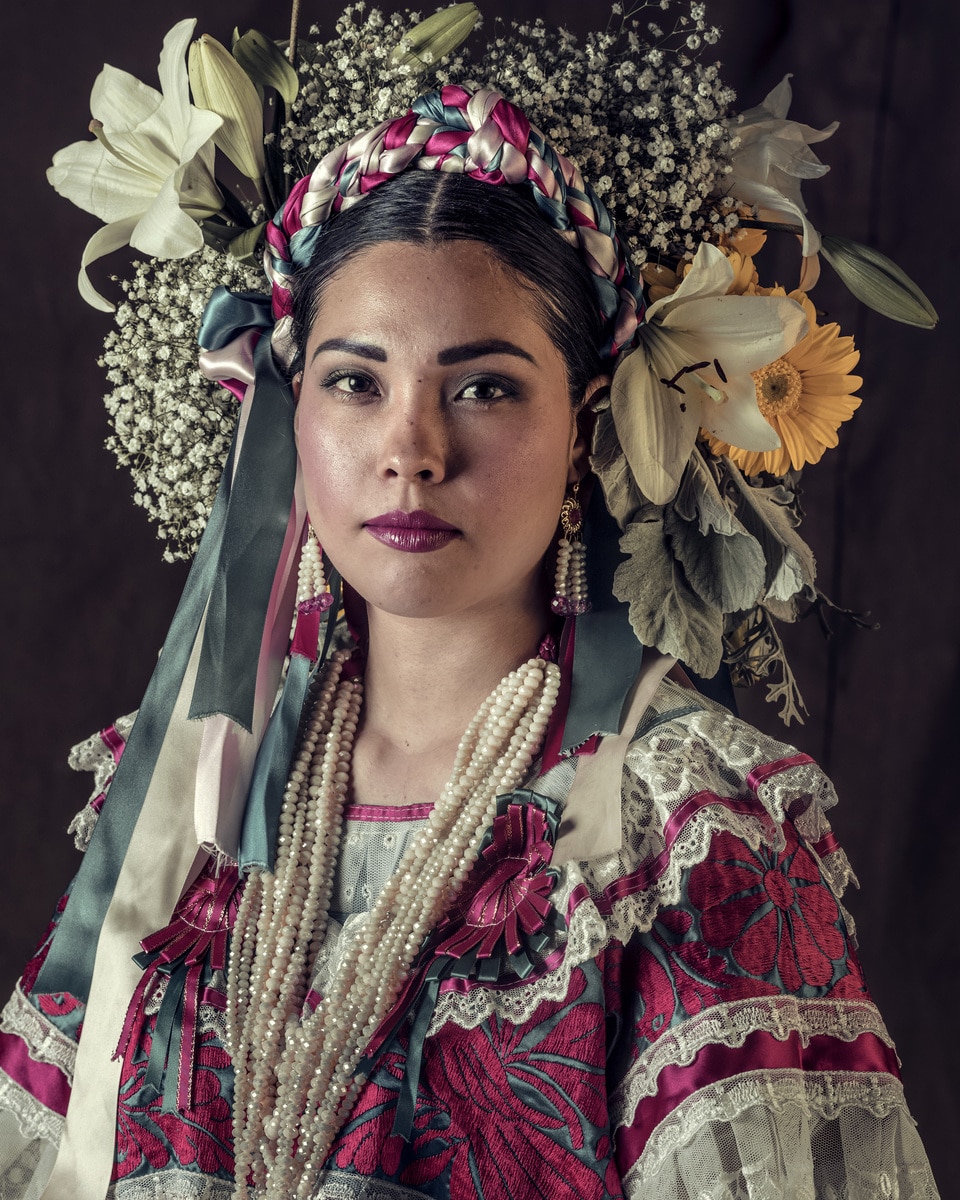
Tehuanas, Oaxaca, Mexico, 2017.
Where do you go from here?
I’ll be producing a new book on the Middle East. I will also be producing a limited edition series of photographs of these indigenous cultures made on a 10 by 8 analog camera.

Dolgan Anabar district, Yakutia, Siberia, 2018.
How do you see the future for the people you’ve photographed?
I hope and I dream and I aspire that they hold onto their heritage as they move into the future. They will all end up with a smartphone. They will all end up digitally connected with the world, but they will celebrate their culture. They will celebrate their individuality, their authenticity and the knowledge that they have and realized that they’re extraordinarily wealthy and they will move on with us happily and healthily into the future as the last bastions and owners and righteous beings of the world’s last natural, and most beautiful, habitats.
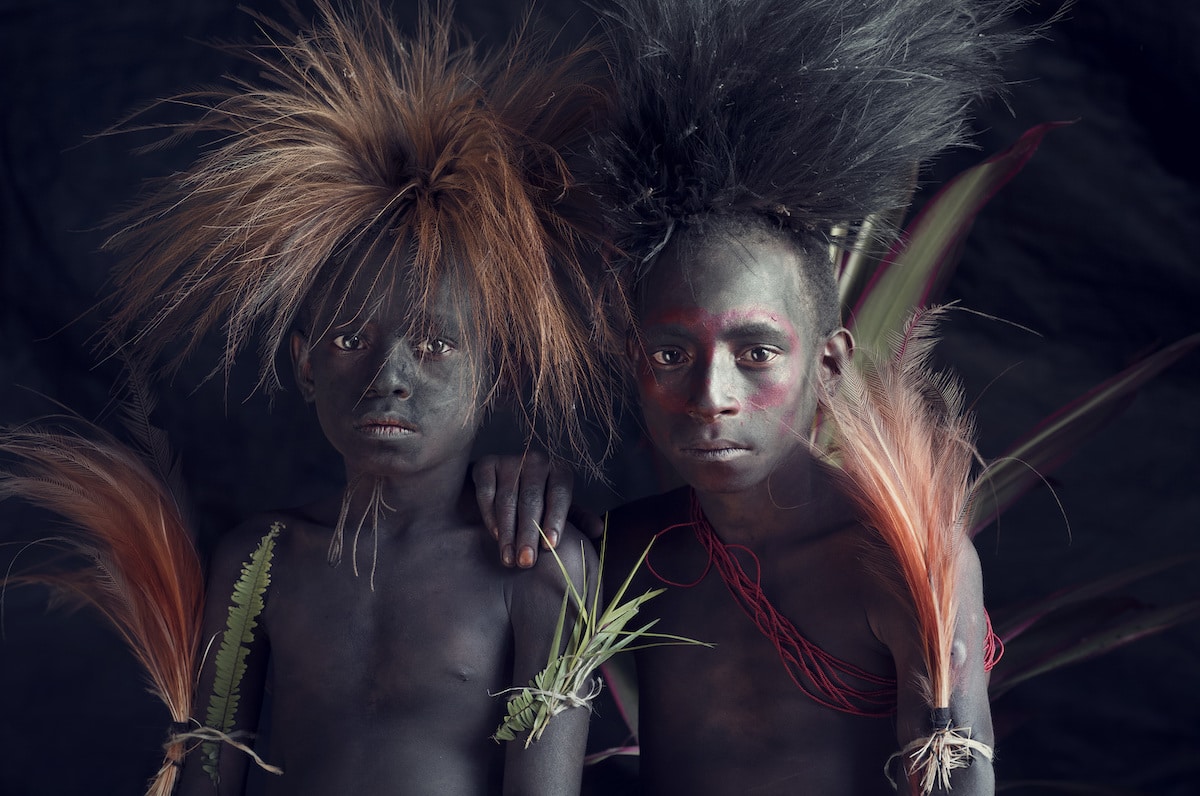
Kaluli, Mount Bosavi, Southern Highlands, Papua New Guinea, 2017.
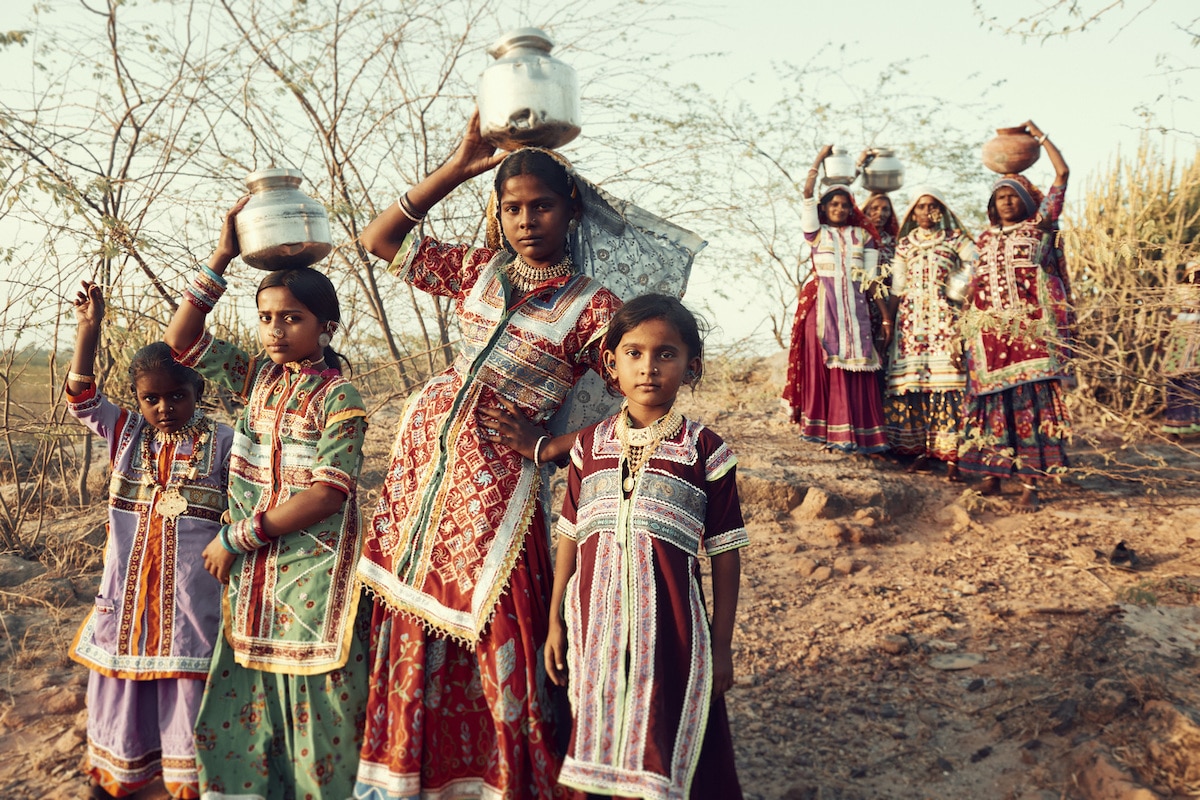
Mir, Dasada, Gujarat state, India, 2016.
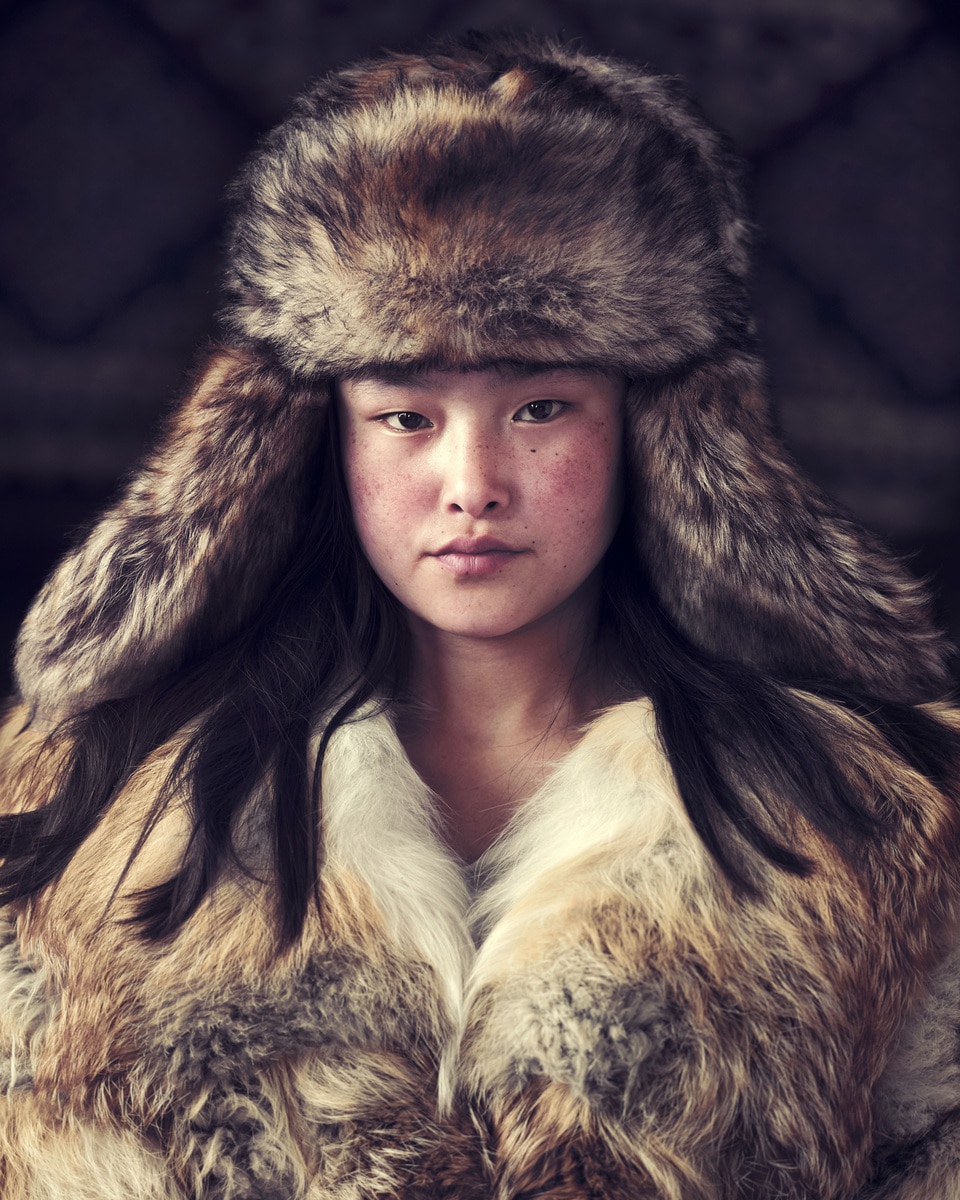
Meruert, Kazakh, Sagsai, Bayan-Ölgii province, Mongolia, 2017.
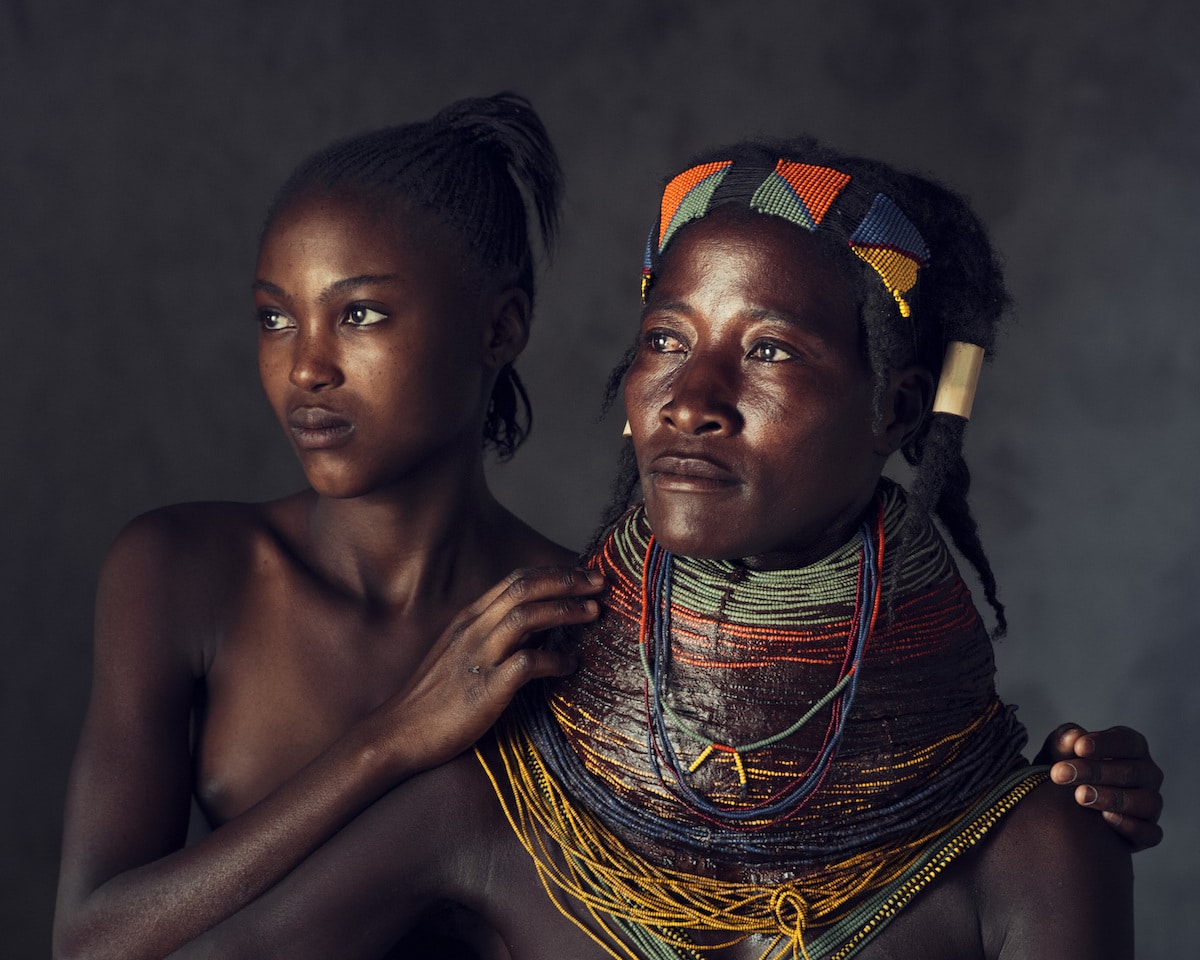
Mwila, Chibia region, Angola, 2017.
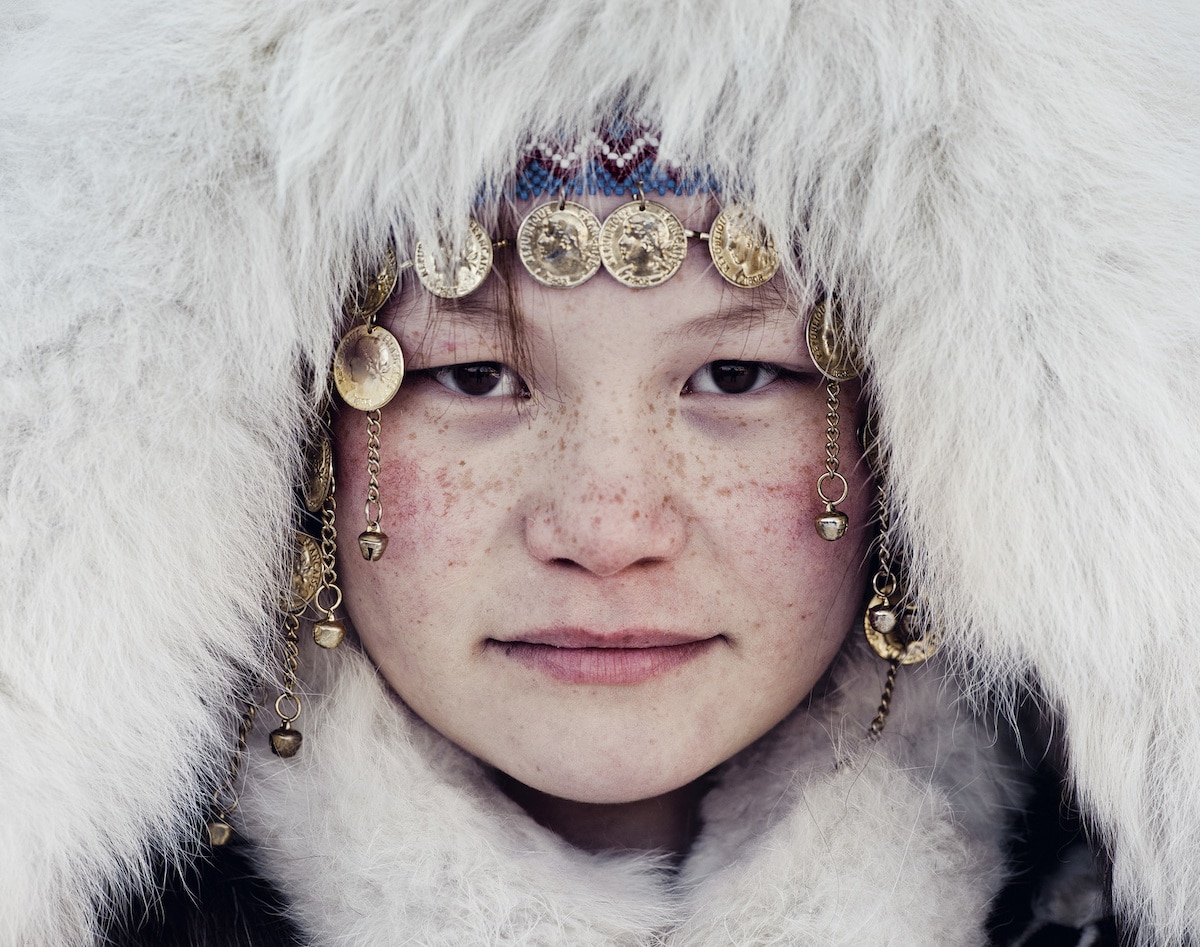
Nenets, Yamal Peninsula, Ural Mountains, Siberia, 2011.
